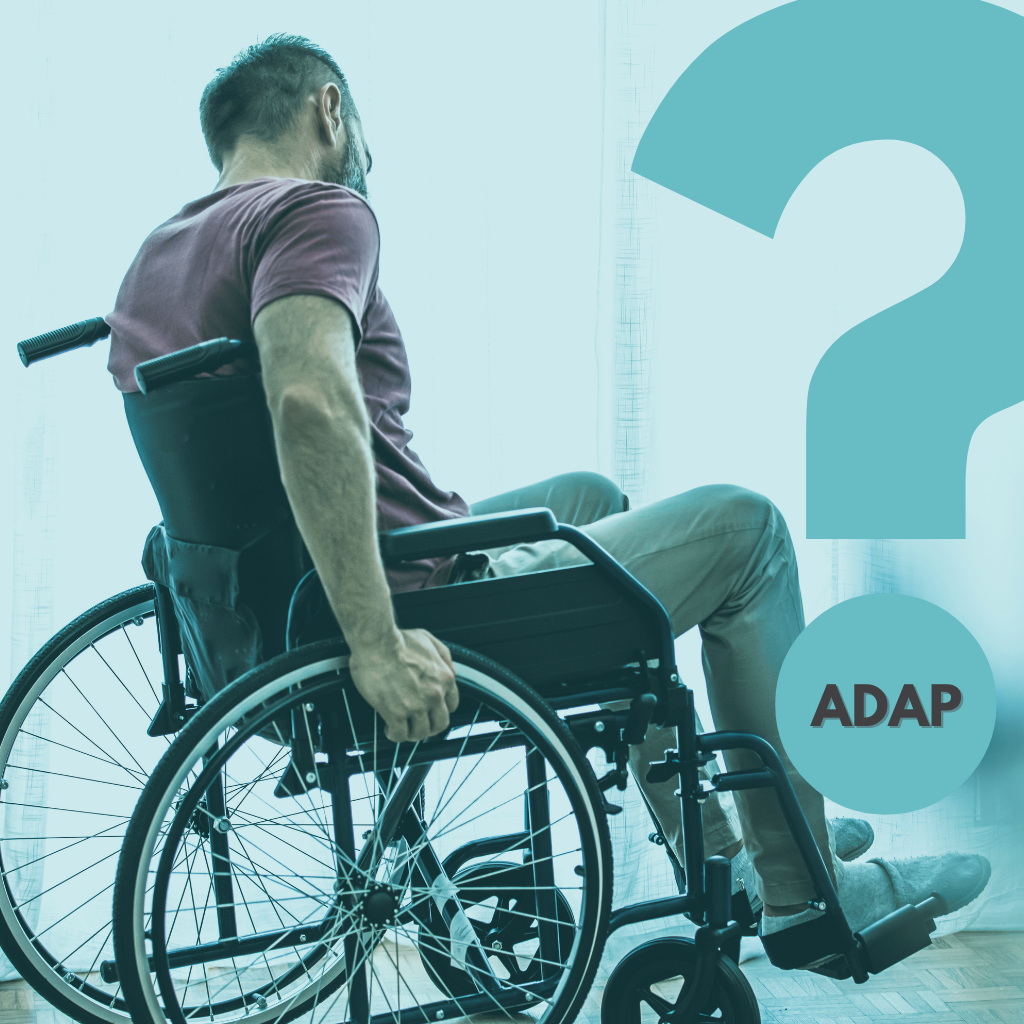
Alberta is preparing to introduce the Alberta Disability Assistance Program (ADAP) in July 2026, positioned as a complementary option to the longstanding Assured Income for the Severely Handicapped (AISH). The goal? Create a more flexible support system that better accommodates individuals with disabilities who can and want to work. Currently, AISH is designed for those who are permanently unable to work and provides fixed monthly financial and health assistance.
What Is ADAP—From the Government’s View?
According to the Alberta government, ADAP is being developed based on input from people with disabilities. It aims to offer financial, health, and personal supports while enabling recipients to pursue employment and retain more of their earnings. ADAP promises to include the same health benefits as AISH, with more generous earning exemptions and support services—such as career planning, resume help, job placements, and employer engagement—to help Albertans with disabilities realize their full potential
Clients will submit a combined application for AISH and ADAP, and be placed into whichever program best fits their needs. Importantly, current AISH recipients will continue receiving their existing benefits until they’re assessed and transferred, and they will receive retroactive benefits to their application date once placed in the appropriate program
What Advocates Are Saying
Despite the government’s intentions, many disability advocates, including Inclusion Alberta, warn the changes could have detrimental effects. The ADAP Discussion Guide proposes that all current AISH recipients be transitioned to ADAP with a reduced monthly benefit, $1,740, which is $200 less than the current AISH rate of $1,940
Inclusion Alberta’s CEO, Trish Bowman, calls this a “devastating blow”, arguing that simply assuming recipients can move into employment disregards the longstanding systemic barriers and the extremely high unemployment rate (around 80%) for people with intellectual disabilities. She warns the policy could push people deeper into poverty and despair.
Additional concerns include:
- The difficulty and cost of reapplying for AISH if the need arises down the line.
- The limited accessibility of employment opportunities. In Calgary, only about 35% of workplaces are accessible. Rural challenges, a lack of transit, and attitudinal barriers remain major obstacles.
- The process for reassessment may place undue burden on marginalized populations already facing complex health and social challenges
What’s Happening Now: Public Engagement
Alberta is currently seeking feedback from Albertans, especially AISH clients and disability advocates, through a public engagement process running from August 13 to September 12, 2025. This includes surveys, accessible discussion guides in multiple formats, telephone town halls, and roundtable sessions
A Window Into Diverse Perspectives
- Government officials argue that ADAP fosters employment, independence, and purpose while ensuring supports remain for those who need them.
- Advocates urge deeper, systemic changes and warn that benefit reductions could destabilize already vulnerable citizens.
Moving Forward Thoughtfully
This transition is a pivotal moment for disability support in Alberta. For ADAP to succeed, it must go beyond a policy shift—it requires thoughtful implementation and safeguards:
- Ensuring accessible employment environments and supports are in place at scale.
- Maintaining program flexibility for those facing changing health or ability levels.
- Upholding dignity through transparent, fair assessment and appeals processes.
Accessible Housing Society encourages Albertans to participate in the engagement process and share lived experiences. Your feedback matters.
Accessiblehousing.ca
Sources:
